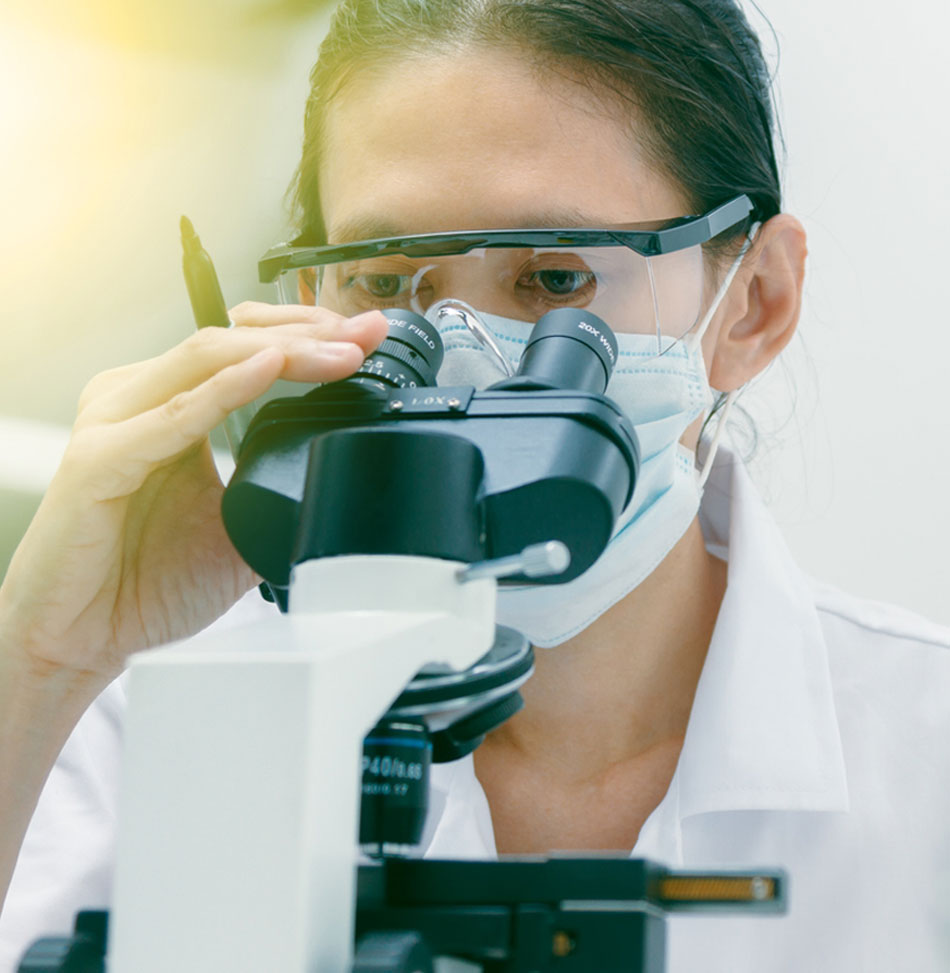CERVICAL CANCER: MALAYSIA STATISTIC REPORT (2018)1
- Every year 1682 women are diagnosed with cervical cancer and 944 die from the disease.
- 2nd : Cervical cancer ranks as the 2nd most frequent cancer among women between 15 and 44 years of age.
- 3rd : Cervical cancer ranks as the 3rd most frequent cancer among women in Malaysia
HOW TO PREVENT OR DETECT CERVICAL CANCER EARLY?2
- Pap test (or Pap smear): Screens for cervical cancer. It does not screen for any other gynecologic cancer²
- Human papillomavirus (HPV) test: Looks for HPV— the virus that can cause precancerous cell changes and cervical cancer²
HPV BURDEN IN WOMEN1
- HPV causes virtually 100% of cervical cancer cases
- Worldwide, HPV16 and 18 (the two vaccine-preventable types) contribute to over 70% of all cervical cancer cases
- After HPV16/18, the six most common HPV types are the same in all world regions, namely 31, 33, 35, 45, 52 and 58
CERVICAL CANCER: 9 WARNING SIGNS
- Unusual vaginal discharge or bleeding.
- Heavier & longer menstrual periods.
- Discomfort while urinating.
- Loss of bladder control.
- Pain during intercourse.
- Pelvic pain.
- Constant fatigue.
- Leg pain.
- Unexpected weight loss.
HPV DNA VS PAP SMEAR TESTING
- A combination of HPV DNA and Pap Smear Testing had almost 100% sensitivity and negative predictive value. 3
- One of study in German showed that HPV tests are more effective than Pap tests at discovering high-grade dysplasia. Individual Pap tests fail to detect half of all cases of dysplasia. HPV tests help to detect a lot more cases.4
- Therefore, screening of both Pap test and HPV testing are essential for early detection of cervical cancer and screening of abnormal cervical cells.
CERVICAL CANCER SCREENING RECOMMENDATION
- In Malaysia, all women who are, or who have been sexually active, between the ages of 30 and 65 years, are recommended to undergo Pap smear testing. If the first two consecutive Pap results are negative, screening every three years is recommended.5
- HPV DNA-based testing may be done every five years as a primary screening strategy or combined with Pap test in women over 30 years of age for an interval / frequency of at least three to five years in women who are negative on both tests in the annual screening. 6
REFERENCES:
- Bruni L, Albero G, Serrano B, Mena M, Gómez D, Muñoz J, Bosch FX, de Sanjosé S. ICO/IARC Information Centre on HPV and Cancer (HPV Information Centre). Human Papillomavirus and Related Diseases in Malaysia. Summary Report 17 June 2019.
- What Should I Know About Screening?. Updated August 7, 2019. (Available at: https://www.cdc.gov/cancer/cervical/basic_info/screening.htm)
- Lörincz, A. T., & Richart, R. M. (2003). Human papillomavirus DNA testing as an adjunct to cytology in cervical screening programs. Archives of pathology & laboratory medicine, 127(8), 959-968.
- Institute for Quality and Efficiency in Health Care (IQWiG, Germany). Benefit assessment of HPV test in primary screening for cervical cancer. Final report; Commission S10-01.
- (2003).Clinical Practice Guidelines: Management of Cervical Cancer
- Health Technology Assessment Report: HPV DNA-Based Screening Test for Cervical Cancer



